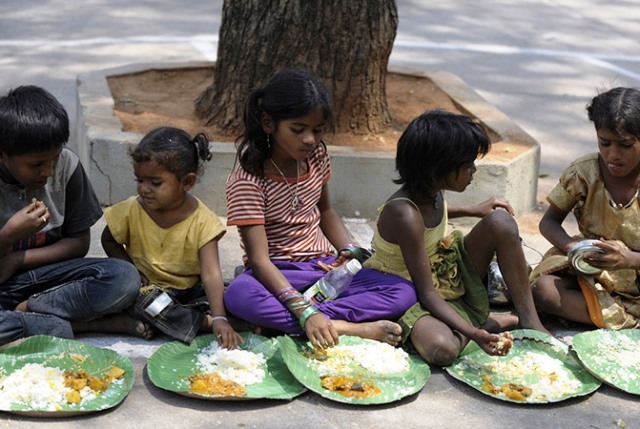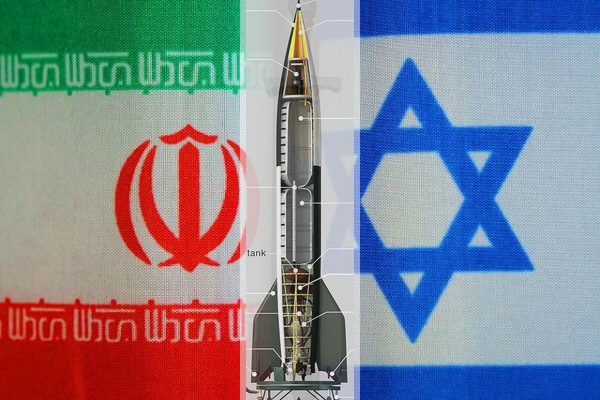
Pushing Back The Index, Not Hunger
This ado over India finding a lowly rank of 107 out of 121 countries in the much acclaimed Global Hunger Index (GHI) compiled jointly by Concern Worldwide and Welthungerhilfe is entirely avoidable. Understandably the powers that be in New Delhi wallowing in an unrestrained promotion of the country achieving the highest rate of GDP (gross domestic product) growth among all major economies in the world soon after overcoming the Covid-19 pandemic economic dislocations were shaken to the core when the recently released GHI report for 2022 revealed that all the neighbouring countries have fared better than India in nourishment and child health and mortality.
Whatever way New Delhi reacts to the report, the credentials of the two agencies based in Ireland and Germany cannot be questioned. Yes exceptions are taken about the methodology of inquiry, particularly relating to children – incidentally, three of the four criteria for determining hunger relate to how well or badly the children are faring in terms of child stunting, child wasting and child mortality. But identical criteria have been applied to all the 121 countries covered in the report. Hasn’t UNICEF said that the time between pregnancy and first three years when human brain is highly susceptible to environmental influences is critical for a child’s growth and development? For children to become healthy adults, they need nourishing food, nurturing care and health services. It is on this premise that GHI focus on child care will readily find justification.
GHI report claims that based on marshalling of sufficient data and its processing, the ranking and scores of the countries were given. As it would happen, the report shows India with a score of 29.1 finds itself in a zone of “serious hunger” and also not far from “alarming hunger.” Let’s see how have India’s neighbouring countries fared in terms of ranking and index score? China, which over the last many years gave priority to universal nourishment and child health, finds a place among the best performing 17 countries with a low GHI score of less than five indicating a low level of hunger.
Leave alone China, the landlocked Nepal ranks 81 in the 2022 GHI table with an index score of 19.1. The respective figures for Bangladesh are 84 and 19.6 and for Pakistan 99 and 26.1. Why only the countries with which we share borders, Sri Lanka has a ranking of 64 with index score of 13.6 indicating moderate hunger. Even while it is plagued by unending political turmoil, Myanmar got a ranking of 71 with index score of 15.6 also denoting moderate hunger. The only country in the region with a ranking and index score worse than India’s is war ravaged Afghanistan. This is no consolation for India, which nurses the ambition of becoming a developed country by 2047.
But will India by then be able to clear the threshold of high-income country in terms of economic indicators. The World Bank has recently updated the per capita income criteria for high-income countries to more than $13,205. Compared to this, India’s per capita income in 2021 was $2,277.4. What has particular significance for poverty and hunger is encapsulated in a report by the Centre for Monitoring Indian Economy (CMIE) saying that a total of 56 million Indians slipped into poverty during the 2020 pandemic. The income destroying Indian experience as that of many other countries of the poor such as daily wage earners because of Coronavirus pandemic proved to be a “historically large shock” to poverty reduction campaign, says a World Bank report. In the absence of a national consumption expenditure survey following the junking of the 2017-18 report (conducted by National Sample Survey since merged with National Statistical Office) on quality concerns, it remains a subject of guess as to how many Indians are surviving below the poverty line.
ALSO READ: Pulling India Out Of Poverty Pit
A dispassionate reading of the GHI report in the above context would have helped in avoiding the controversy. The report gains in authenticity since it makes extensive use of the National Family Health Survey (NFHS), 2019-21, authored by the health and family welfare ministry. Over 600,000 households feature in the survey. Author and columnist Chetan Bhagat, who has taken pains to make a thorough reading of GHI report and NFHS-5 report writes: “In this 700-plus page survey (NFHS-5), there is data for India’s child stunting and child wasting rates. It says 36% of Indian kids are stunted… and 19% of the children are wasted.” Are these high figures of stunting and wasting of Indian children because of WHO guidance prescribing that the median height for a five-year old boy should be 110.3cm? The two standard deviation point is 101.6cm and any child found below that height is described as stunted. Bhagat rightly raises the point whether a single standard should be applied to all children across the world or “ethnicity, race and genetics” of Indian children be considered when assessing their nourishment and health.
How has India come out in the latest GHI report? It says as the percentage of people in the country not having access to sufficient calories is up from 14.6 during 2018-20 to 16.3 in the period 2019-21, 224.3 million Indians out of a global total of 828 million are labelled undernourished. Child wasting is described as the share of less than five year old children who weigh less for their height showing “acute under-nutrition.” On this also, India has come out badly in the report since the child wasting rate has risen to 19.3% from 17.15% in 2000. Child mortality indicating children dying before their fifth birthday is often caused by a “fatal mix of inadequate nutrition and unhealthy environment” they find themselves in. Since 2014, child mortality is down here to 3.3% from 4.6% and child stunting to 35.5% from 38.7%. According to GHI, there are four kinds of hunger prevailing in the world from low to moderate to serious to alarming and to extremely alarming and India with a score of 29.1 finds itself in the serious category.
Expectedly, New Delhi has rubbished the GHI report saying: “The report is not only disconnected from ground reality but also chooses to deliberately ignore efforts made by the Government to ensure food Security for the population especially during the Covid Pandemic. Taking a one-dimensional view, the report lowers India’s rank based on the estimate of Proportion of Undernourished (PoU) population for India at 16.3%. The FAO estimate is based on ‘Food Insecurity Experience Scale (FIES)’ Survey Module conducted through Gallop World Poll, which is an ‘opinion poll’ based on ‘8 questions’ with a sample size of 3,000 respondents. The data collected from a minuscule sample for a country of India’s size through FIES has been used to compute the PoU value for India which is not only wrong and unethical, it also reeks of obvious bias. The publishing agencies of the Global Hunger report… have evidently not done their due diligence before releasing the report.”
Challenging the way the two agencies set out to measure hunger, it says the report is to be faulted on “serious methodological issues.” When three of the four indicators used for calculating the hunger index are related to child health, they cannot be in any way representative of how the entire population is faring in terms of wellbeing. New Delhi has also taken exception to the very small sample size of 3,000 for making an estimate of PoU population. Whatever shortcomings the government may see in GHI findings, the fact will not be denied that it has a big task in hand to reduce hunger and give the children of poor families a better health to allow them to grow into healthy and productive citizens.
This is a highly disturbing article about India celebrating 75 years of Independence. The country’s first prime minister Jawaharlal Nehru said in an address in Parliament that the nation’s target was to wipe tears from eyes of people. Unfortunately that has not happened, maybe for policy failures, corruption or general apathy to give relief to the poor. Hopefully, after publication of Global Hunger Index report, New Delhi will take the necessary corrective steps.



